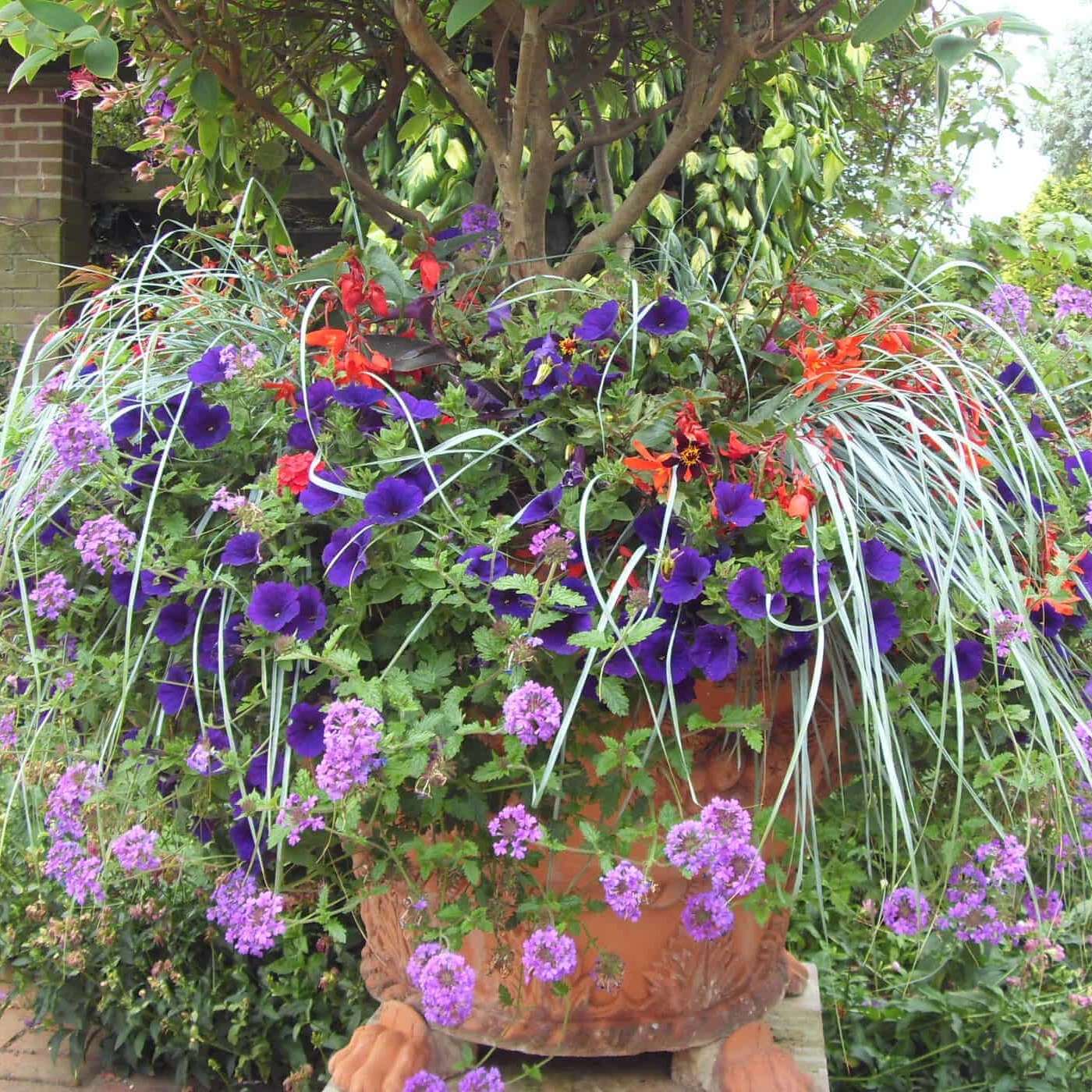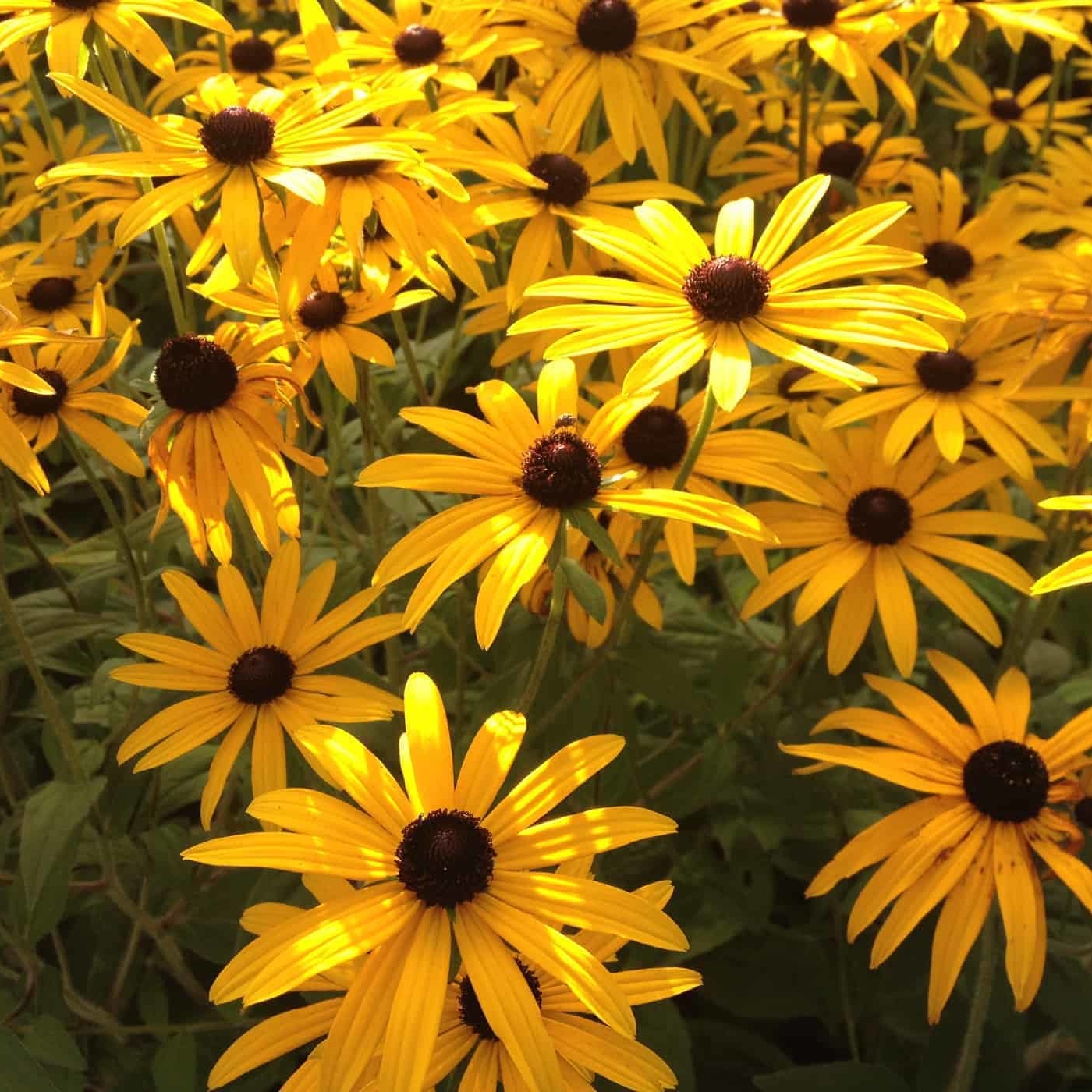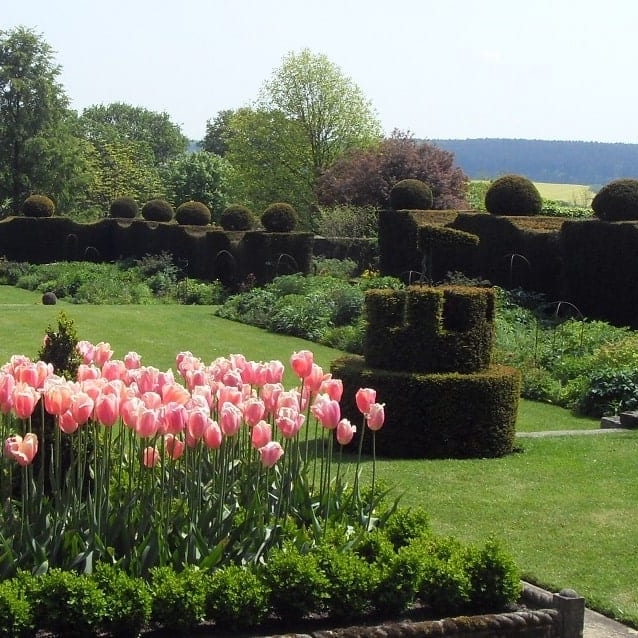Politicians may try to play it down. Environmentalists may want to throw it in our faces. Whatever your stance, there is no denying that climate change is a fact. Its effects are already felt in the UK as the seasons become less variable: wet, grey and mild.
Conversely, in its most recent report Gardening in a changing climate, the RHS describes how British weather will in fact also experience more frequent extreme weather events such as storms and heatwaves. Frost may become a rare occurrence in large parts of the country. This report follows up from UKCIP’s Gardening in the Global Greenhouse, published 2002, which more simply anticipated increased temperatures and water shortages. As climate change science becomes more precise, the understanding is that higher global temperatures actually result in more complex patterns.
North and south
Brits often describe the northern and southern counties as different cultures. It might feel even more like this over the next century thanks to climate change predictions.
The north is predicted to face wet summers, but additionally much wetter winters than currently. More regular flooding is going to be a serious issue. The RHS also anticipates temperatures becoming milder.
Southern and eastern English counties, on the other hand, will experience much warmer temperatures all year round. Rainfall in summer months will dramatically reduce, with frequent droughts. Hosepipe bans will be a common governmental reaction.
Impact on gardens
Obviously with such a divide between north and south, the effects climate change will have on our gardens depends on where we live. Northern gardeners will have to bear in mind waterlogging. Gardening in the south will have to focus on water storage from the wetter months ahead of the drier periods. In both situations, the quintessentially British lawn will suffer, either from moss infestation or drying out. Country Living magazine here suggests artificial lawns will become the norm.
Other changes, consequences and methods of tackling them include:
- Warmer springs and autumns > A longer growing season > Encouragement to take advantage and grow a greater variety of plants
- Extreme rainfall events > Quicker leeching of nutrients from soil and more flooding and waterlogging > Employment of bog gardens
- Prolonged droughts > Less water and increased heat stress > Creation of more dry gardens as well as use of water butts or storage tanks
- Warmer and damper conditions > A greater range of pests and diseases > Increased vigilance and reporting as well as speedier responses to them are needed
- Altered flowering periods of plants > Decreased coincidence with pollinators’ usual feeding periods > Necessity to cultivate a wider spectrum of nectar-rich flowering plants in our gardens
A shift in mentality
Brits must pursue a shift in mentality as well as practice to prepare their gardens for the changing climate. These are things we should put into effect now, not in the future. For instance, when planting a tree, consider how your local conditions may work with or against it as conditions alter. Beeches are cited by the RHS. They don’t grow well in free-draining lighter soils, but couple this with reduced rainfall in the south and east and your beech trees will simply die. Instead try planting Mediterranean clime species like Quercus ilex.
Below are some more general considerations to reduce the extremity of climate change as well as support sustainable gardening:
- Use energy-efficient tools and techniques
- Use peat-free composts
- Increase composting, either at home or through local authorities
- Reduce use of chemicals
- Cut back on plastics
- Plant more trees and shrubs
- Include green roofs and walls around your property
- Buy British and reduce plant travel
Glass half-full
Climate change in the UK is an inevitability. These are all scientific predictions, but the most likely insight we have. The key is to taking as positive an approach as we can to these changes. Begin planning now. This will affect individual gardeners and garden designers alike.
As horticultural experts like Beth Chatto and Carol Klein have long been saying, it’s a matter of choosing “the right plant for the right place”. This isn’t a hindrance – these changes could open us up to growing an even greater array of plants to enjoy for a greater part of the year.
Kevin Gelder
Kevin joined Bestall & Co in late 2017 and brought a range of skills with him from a varied background. He gained a degree in French and Italian from Lancaster University in 2009 before successfully completing a PGCE at the University of Sheffield in 2011. He built on his communication skills through secondary language teaching, before working in healthcare administration.
Ultimately though it was his passion for plants and gardening which brought him to Bestall & Co as a member of the planting team, and although he's now moved back to an office based role, the articles he wrote whilst he was still with us live on.



